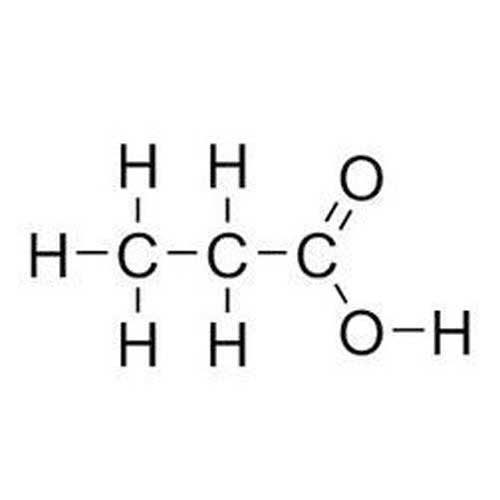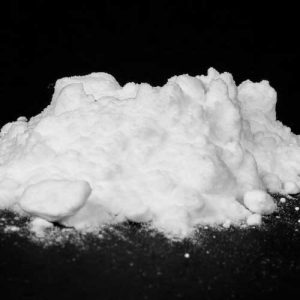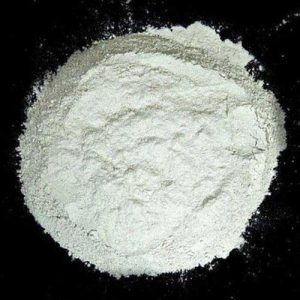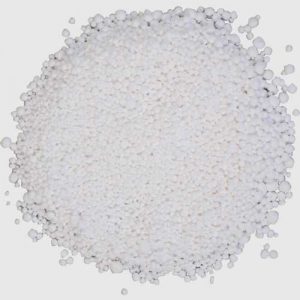- Have any questions?
- 91-22-23726950
- 91-22-23774610

Potassium Nitrate
May 7, 2019
Propylene Carbonate
May 7, 2019Propionic Acid
Muby Chemicals established in the year 1976, is pioneer in Manufacturing Chemicals for Oil and Gas Exploration, Hydraulic Fracturing (Fracking) and coiled tube Chemicals.Our advanced chemistry leading to an innovative and high-performance product range is coupled with effective on and off site management services.
We are manufacturer of Specialty chemicals, Pharmaceutical Excipients, Fragrance & Flavorchemicals in India, which are of IP, BP, USP, Ph. Eur., FCC or Food Grade, ACS, AR or Analytical Reagent Grade, LR or Laboratory Reagent Grade, Pure and Technical Grades of various chemicals.
Propionic Acid USP NF Grade
Propionic Acid contains not less than 99.5 percent and not more than 100.5 percent, by weight, of C3H6O2.
Specific gravity: between 0.988 and 0.993.
Distilling range: between 138.5 and 142.5 .
Heavy metals: To the residue obtained in the test for Nonvolatile residue add 8 mL of 0.1 N hydrochloric acid, warm gently until solution is complete, dilute with water to 100 mL, and use 10 mL of the solution: the limit is 0.001%.
Limit of nonvolatile residue: Evaporate 20 g in a tared dish, and dry at 105 for 1 hour: the weight of the residue does not exceed 2.0 mg.
Readily oxidizable substances: Dissolve 15 g of sodium hydroxide in 50 mL of water, cool, add 6 mL of bromine, stirring to effect complete solution, and dilute with water to 2000 mL. Transfer 25.0 mL of this solution to a glass-stoppered, 250-mL conical flask containing 100 mL of water, and add 10 mL of sodium acetate solution (1 in 5) and 10.0 mL of Propionic Acid. Allow to stand for 15 minutes, add 5 mL of potassium iodide solution (1 in 4) and 10 mL of hydrochloric acid, and titrate with 0.1 N sodium thiosulfate VS just to the disappearance of the brown color. Perform a blank determination. The difference between the volume of 0.1 N sodium thiosulfate required for the blank and that required for the test specimen is not more than 2.2 mL.
Limit of aldehydes: Transfer 10.0 mL to a glass-stoppered, 250-mL conical flask containing 50 mL of water and 10.0 mL of sodium bisulfite solution (1 in 80), insert the stopper, and shake vigorously. Allow the mixture to stand for 30 minutes, then titrate with 0.1 N iodine to the same brownish yellow endpoint obtained with a blank treated with the same quantities of the same reagents. The difference between the volume of 0.1 N iodine required for the blank and that required for the test specimen is not more than 1.75 mL.
Assay: Mix about 1.5 g of Propionic Acid, accurately weighed, with 100 mL of recently boiled and cooled water in a 250-mL conical flask, add phenolphthalein, and titrate with 0.5 N sodium hydroxide to the first appearance of a faint pink endpoint that persists for not less than 30 seconds.
Each mL of 0.5 N sodium hydroxide is equivalent to 37.04 mg of C3H6O2.
Propionic Acid FCC Food Grade
CH3CH2COOH
C3H6O2 Formula wt 74.08
INS: 280 CAS: [79-09-4]
DESCRIPTION
Propionic Acid occurs as an oily liquid. It is miscible with water, with alcohol, and with various other organic solvents.
Function: Preservative; mold inhibitor.
REQUIREMENTS Assay: Not less than 99.5% and not more than 100.5% of C3H6O2, calculated on the anhydrous basis. Aldehydes (as propionaldehyde): Passes test (limit about 0.05%). Distillation Range: Between 138.5° and 142.5°. Lead: Not more than 2 mg/kg. Nonvolatile Residue: Not more than 0.01%. Readily Oxidizable Substances: (as formic acid) Passes test (limit about 0.05%). Specific Gravity: Between 0.993 and 0.997 at 20°/20°. Water: Not more than 0.15%.
For Original Monographs of IP Indian Pharmacopoeia BP British Pharmacopoeia USP US Pharmacopoeia FCC Food Grade product, please check with the respective web-pages or books.




